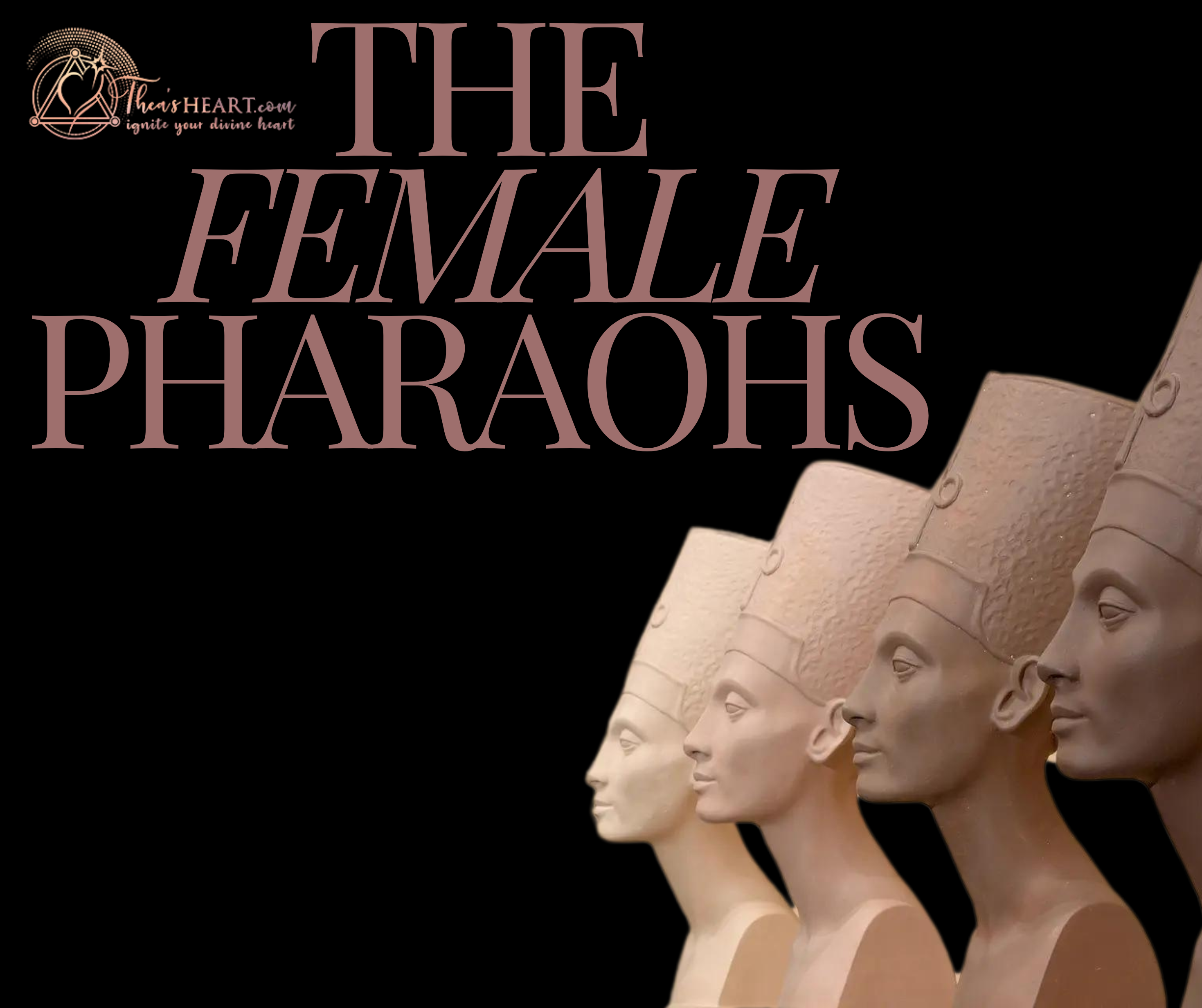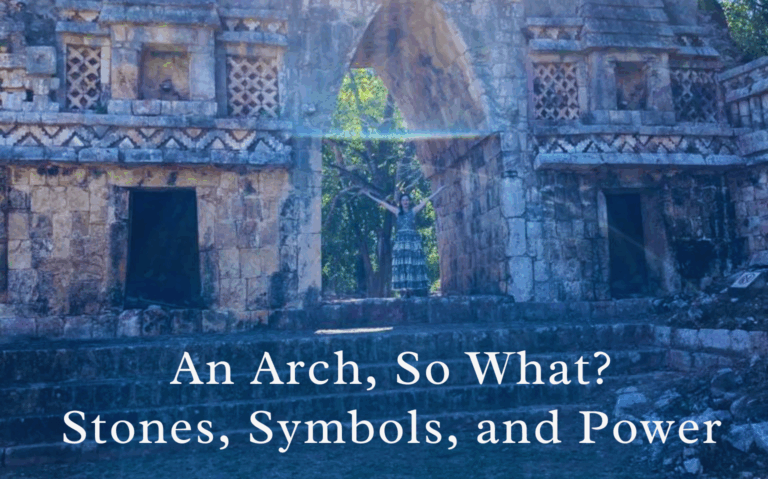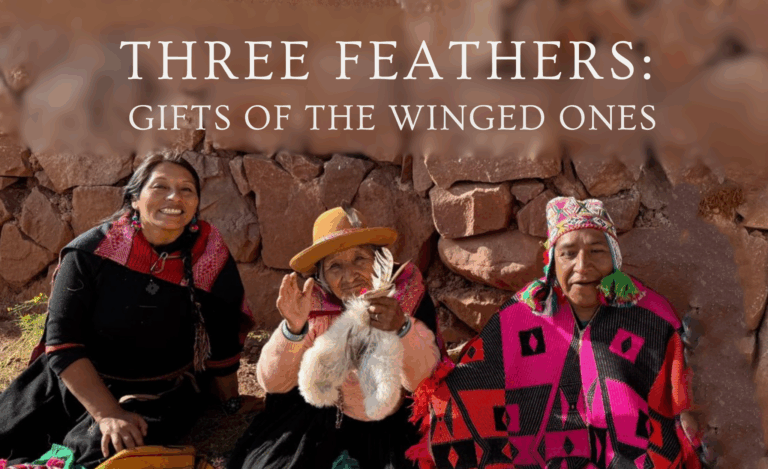She Writes History
The Female Pharaohs of Ancient Egypt
Ancient Egypt, a civilization known for its rich history and monumental architecture, was also a society where women could ascend to political and religious leadership. There were remarkable female pharaohs and female kings who left an indelible mark on Egyptian history.
Merit-neith: A Pioneer from the First Dynasty
Merit-neith, also known as Merneith, was a consort and a regent of Ancient Egypt during the First Dynasty. She may have been a ruler of Egypt in her own right, based on several official records. Her rule occurred around 2950 BC for an undetermined period. Merneith’s name means “Beloved by Neith.” Her stele contains symbols of that ancient Egyptian deity. She was likely the wife of Pharaoh Djet and the mother of Pharaoh Den. Her tomb in Abydos (Tomb Y) is unique among the otherwise exclusively male tombs. It is of the same scale as the tombs of the kings of that period. Two grave stelae bearing her name were discovered near her tomb. This evidence suggests that Merneith may have been the first female pharaoh and the earliest queen regnant in recorded history.
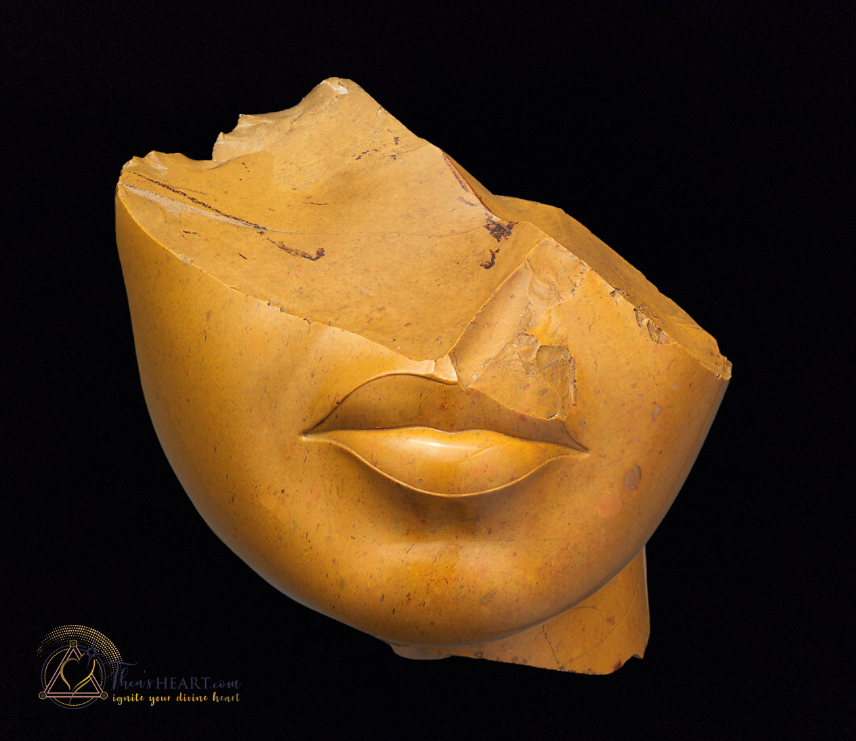
New Kingdom, 1390-1336 BCE
Yellow Jasper. Purchased by E.S. Harkness to The Metropolitan Museum of Art in New York in 1926.
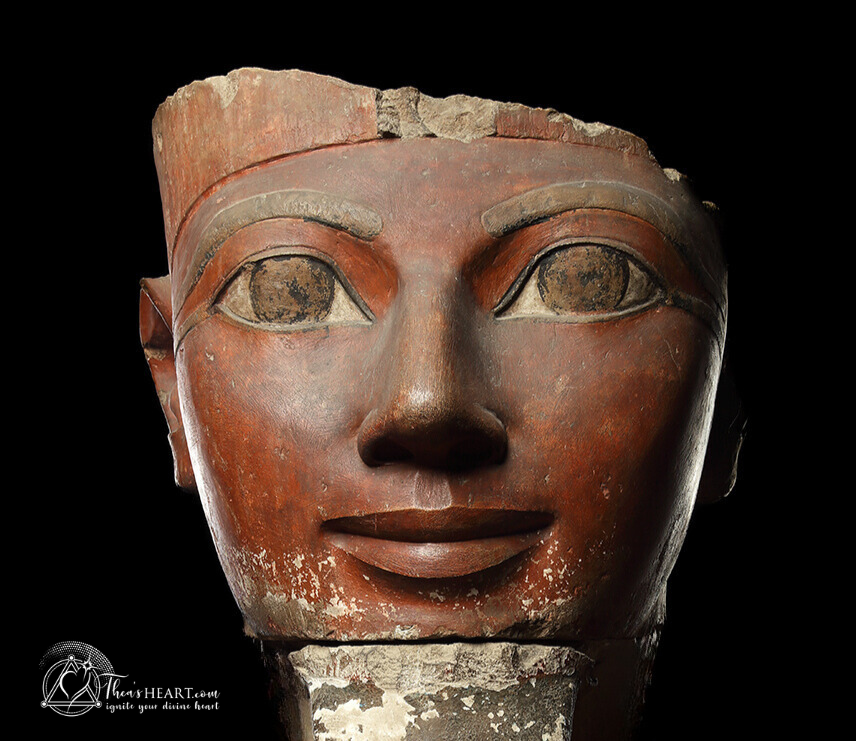
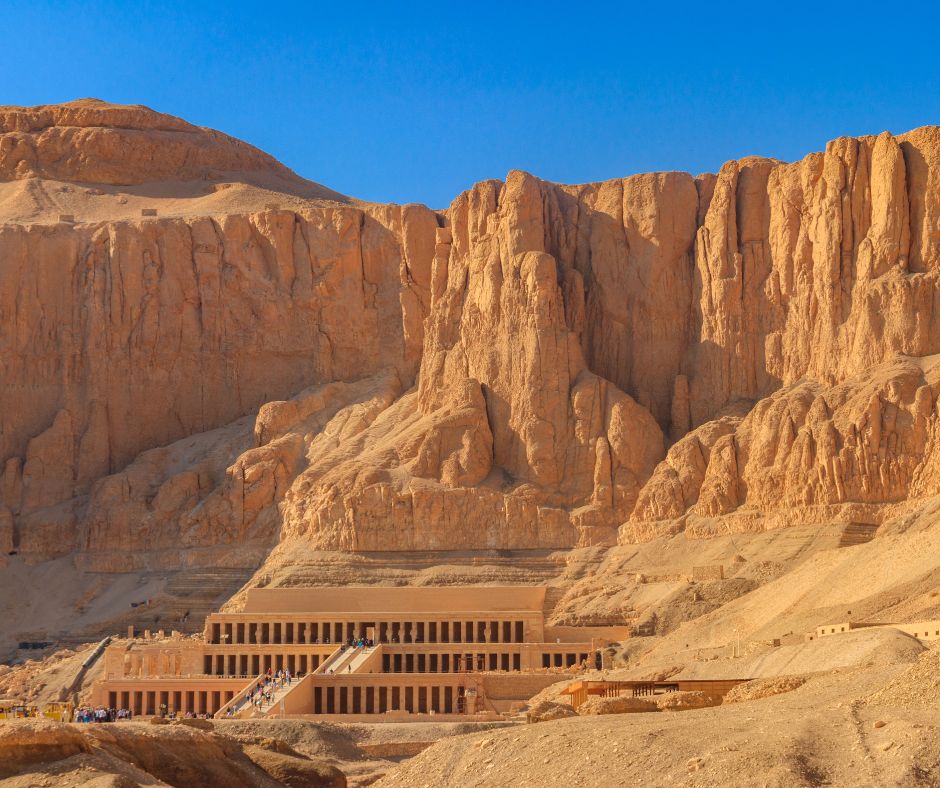
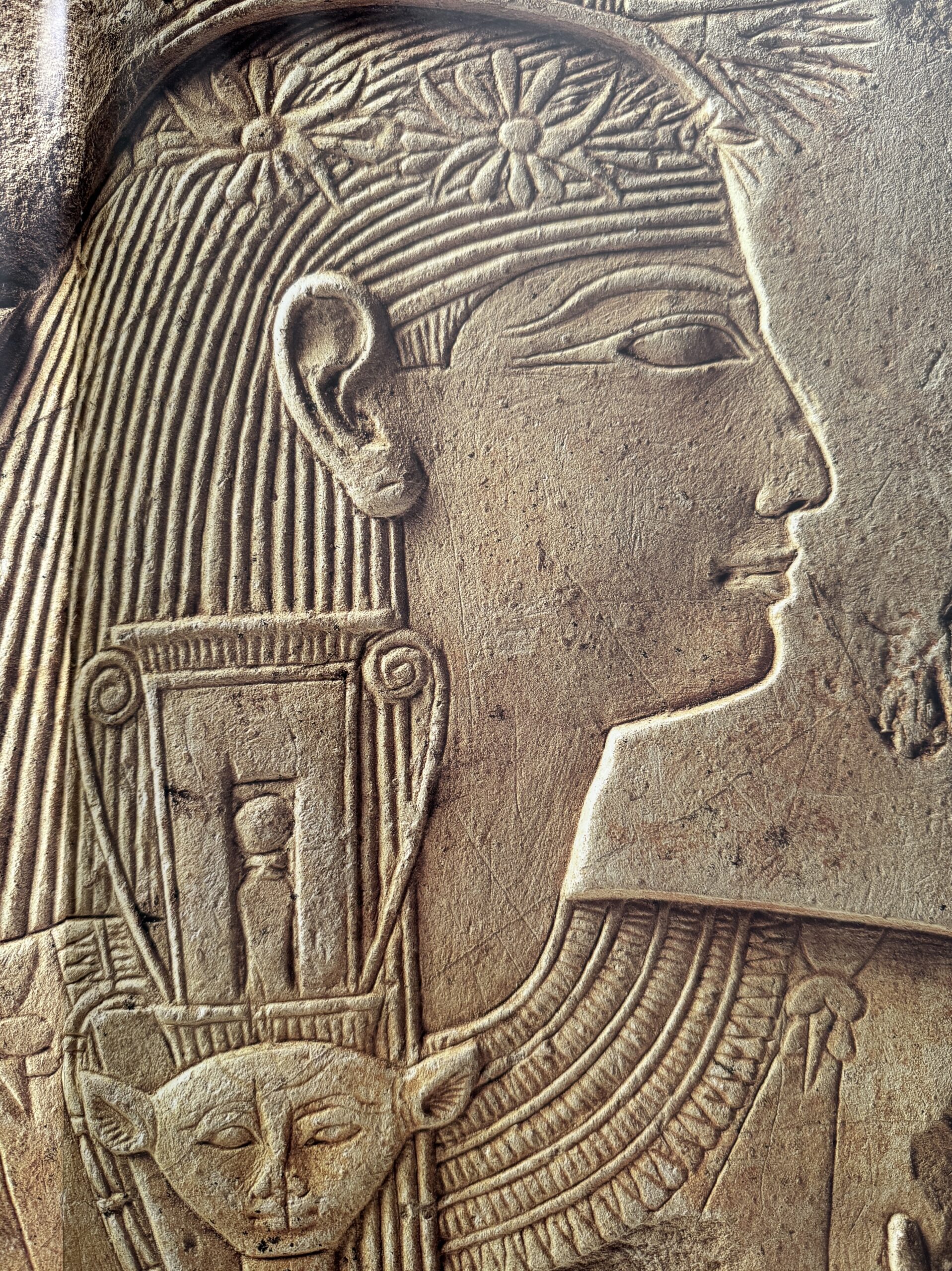
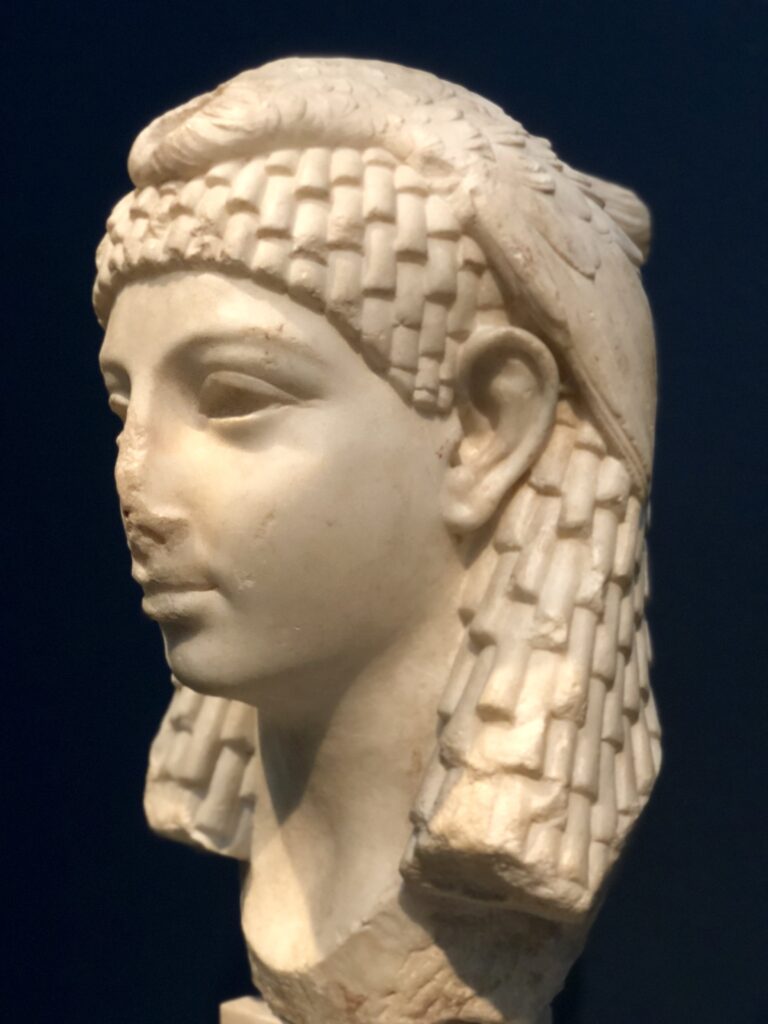
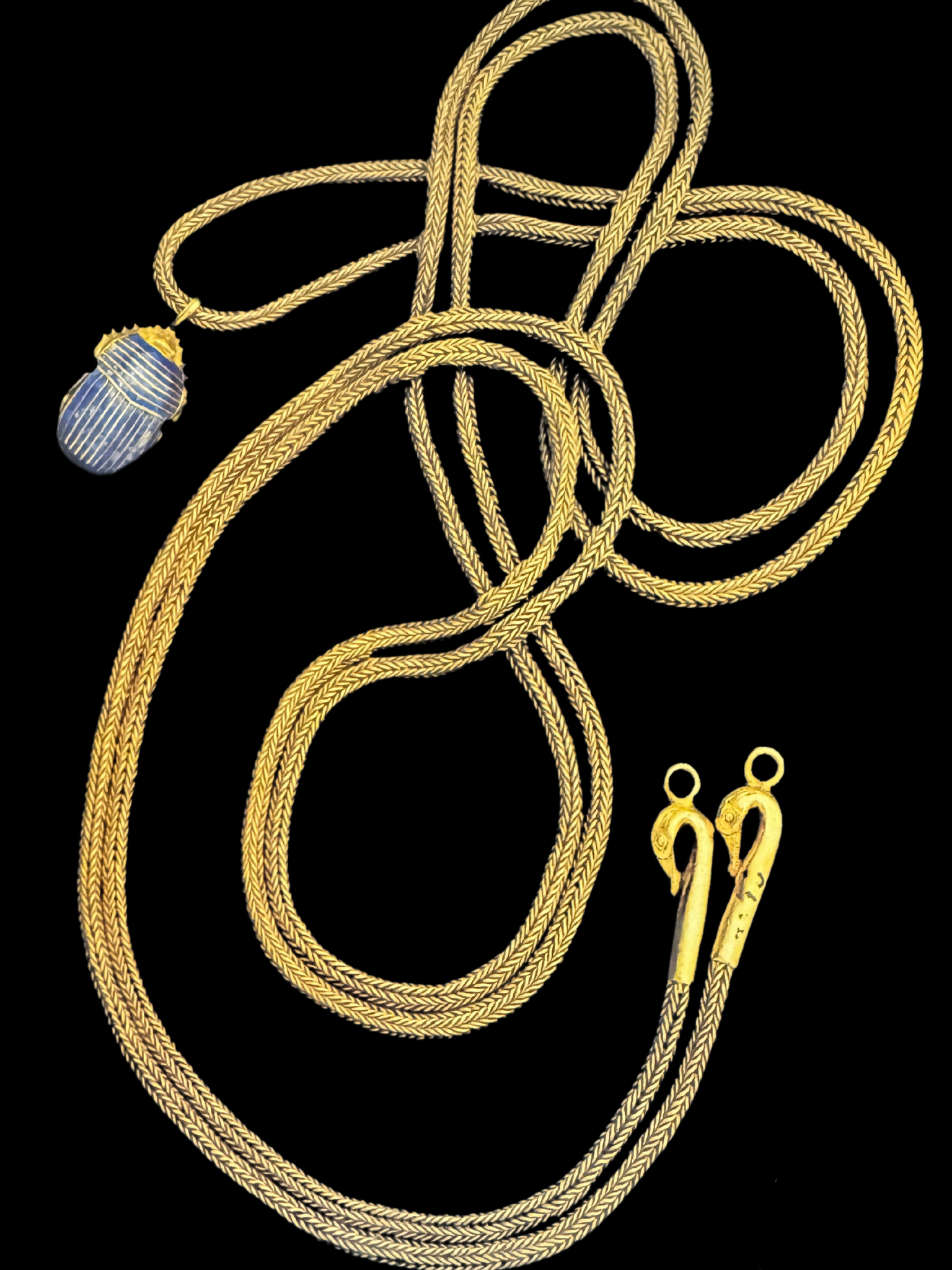
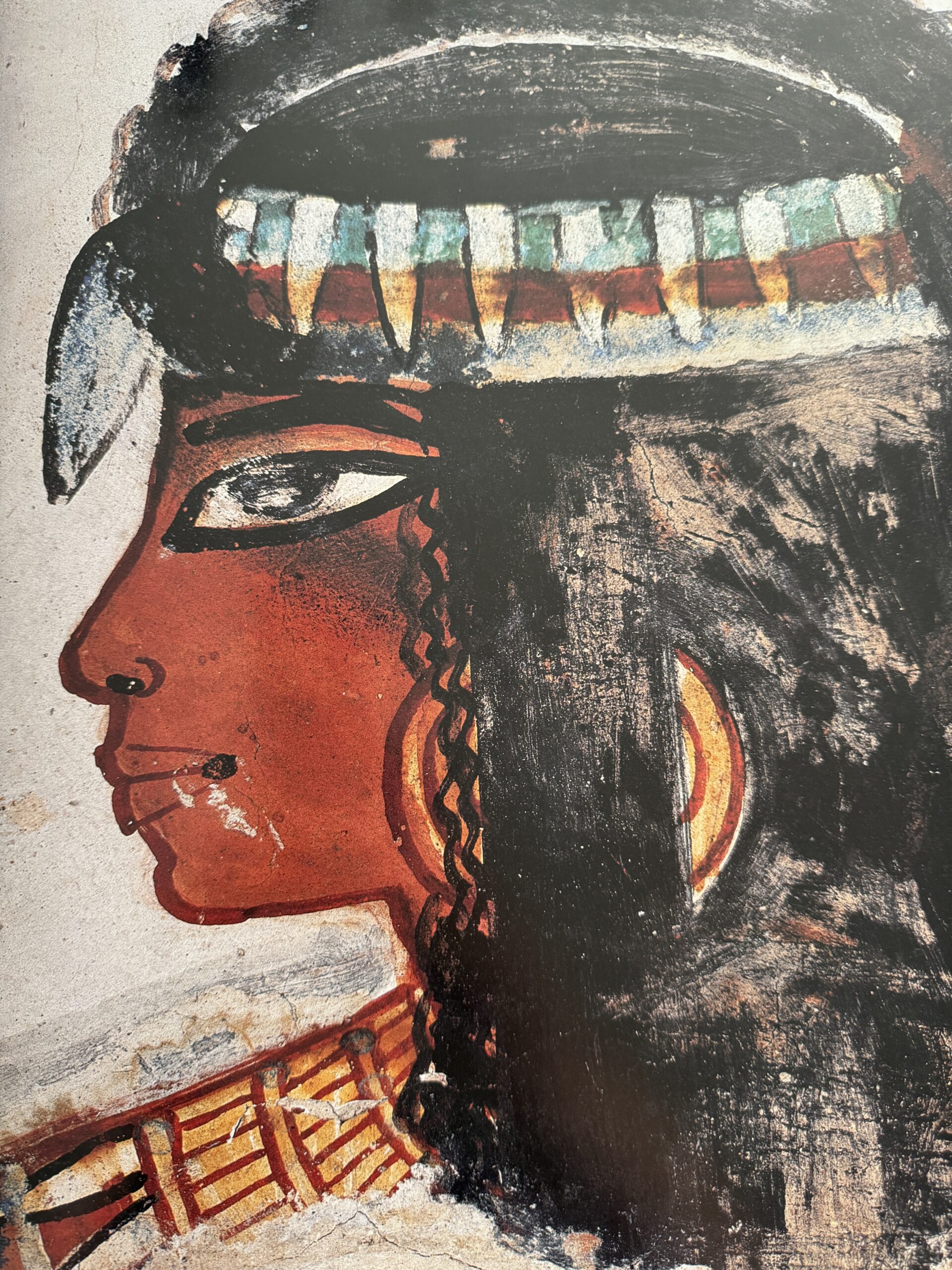
Hatshepsut: The Architectural Visionary
Hatshepsut, another notable female pharaoh, undertook ambitious building projects during her reign, particularly in the area around Thebes. Her greatest achievement was the enormous memorial temple at Deir el-Bahri, considered one of the architectural wonders of ancient Egypt. She also constructed two pairs of imposing obelisks at Karnak and at her mortuary temple, Djeser-Djeseru. Her reign lasted 20-22 years.
The Importance of Female Leadership
The reigns of Merit-neith and Hatshepsut underscore the importance of female leadership in our historic past. They were not only rulers but also builders, visionaries, and pioneers who left a lasting legacy. Their reigns remind us that leadership knows no gender. They could rule, make significant decisions, and leave a lasting impact on their civilization.
The Female Pharaohs of Ancient Egypt.
While the names of some female pharaohs like Hatshepsut and Cleopatra are well-known, other women ascended to the throne in ancient Egypt, leaving their own unique imprints on history. Here are a few of the lesser-known but equally significant female pharaohs.
The Middle and Old Kingdoms: Sobekneferu and Nitocris.
Sobekneferu, who ruled during the Twelfth Dynasty, and Nitocris, who ruled during the Sixth Dynasty, were other female pharaohs of ancient Egypt. However, very little is known about these pharaohs, and their reigns were relatively short.
The New Kingdom: Nefertiti, Nefertari, and Twosret.
The New Kingdom saw several female pharaohs. Nefertiti and Nefertari were influential queens during the Eighteenth Dynasty. Twosret, the last known female pharaoh, ruled during the Nineteenth Dynasty. These women, along with others like Ahhotep I and Tiye, held positions of power and influence, shaping the course of Egyptian history.
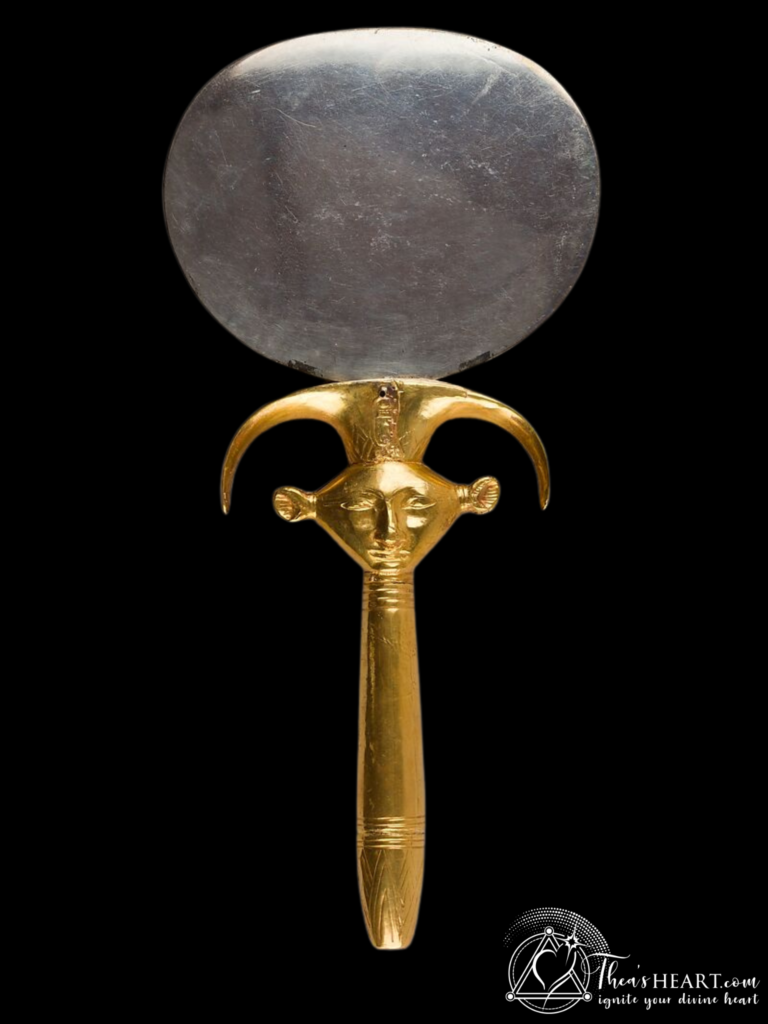
Mirror with Hathor Image with inscribed cartouche of Thutmose III.
Sources:
Fragment of a Queen’s Face. (no date) The Metropolitan Museum of Art. Available at: https://www.metmuseum.org/art/collection/search/544514 (Accessed: 24 July 2024). Citing: New Kingdom, CA 1390-1336 BC. Yellow Jasper. Purchased by E.S. Harkness to the Metropolitan Museum of Art in New York in 1926.
Mirror with Handle in the Form of a Hathor Emblem (no date) The Metropolitan Museum of Art. Available at: https://www.metmuseum.org/art/collection/search/545165 (Accessed: 24 July 2024). New Kingdom, ca. 1479-1425 B.C. On view at The Met Fifth Avenue in Gallery 118.
Pirelli, R. (2008) The Queens of Ancient Egypt. New York, New York: White Star Pub. ; Distributed in the US and Canada by Rizzoli International Pub. Citing photos & descriptions: Tomb of Menna (TT 69). Wife of Henuttauy, Chantress of Amun. Her hair is partly pulled back and held into place by a lotus bud (a symbol of rebirth). p. 21. Bas-Relief of a female figure, p. 58-59. Queen Ahhotep i’s jewelry, p.146.
The cover artwork is reimagined from the exhibition Flight into Egypt: Black Artists and Ancient Egypt, 1876–Now at The Metropolitan Museum of Art in New York.
©2024 Thea’s Heart, LLC® – All Rights Reserved
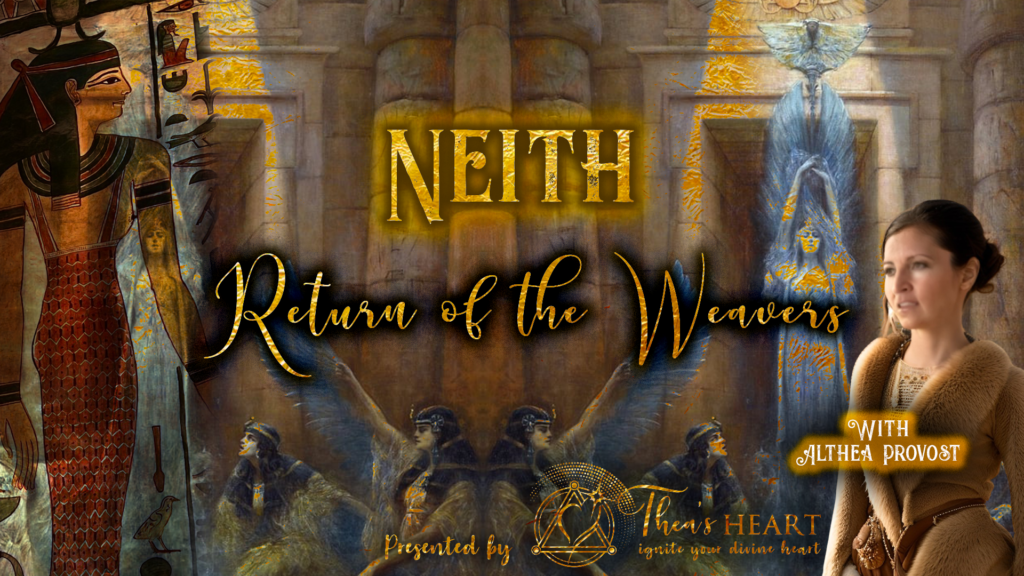
Explore our posts

-
Inspector Provost: The Case of the Feline Prankster
Welcome back to the Inspector Provost mysteries! If you missed the beginning of the journey, you can catch up with Chapter One: The Case of the Missing Wallet. In this second installment, we follow Buddy — a mischievous tabby with a penchant for disruption — as he transforms a simple board game into a detective case filled…
-
The Case of the Missing Wallet
In Inspector Provost Chapter One: The Case of the Missing Wallet, author Althea Provost shares mystical law teachings through story. Published on Thea’s Heart, this opening mystery explores what it means to trust in the universe when faced with uncertainty. Readers are invited into a spiritual detective series that blends mystery, self‑discovery, and awakening. Case File #001: Inspector Provost — The…
-
An Arch, So What? Stones, Symbols, and Power
Well, I didn’t think I would see a triumphal arch built in my lifetime — but here we are. Had I not delivered a course on sacred arches and pathways, The White Road, the symbolism might have passed me by. Triumphal arches are never neutral. Historically, they are designed to proclaim victory, inscribe dominance into stone,…
-
Three Feathers: Gifts of the Winged Ones
While Peru gifted us with sacred landscapes, ceremonies, and encounters beyond words—we, too, arrived bearing gifts. And many of those gifts had feathers. Before setting foot in the Andes, most of us had already been visited. Bald Eagles and their young eaglets appeared in our lives in ways that felt intentional. For me, the connection…

